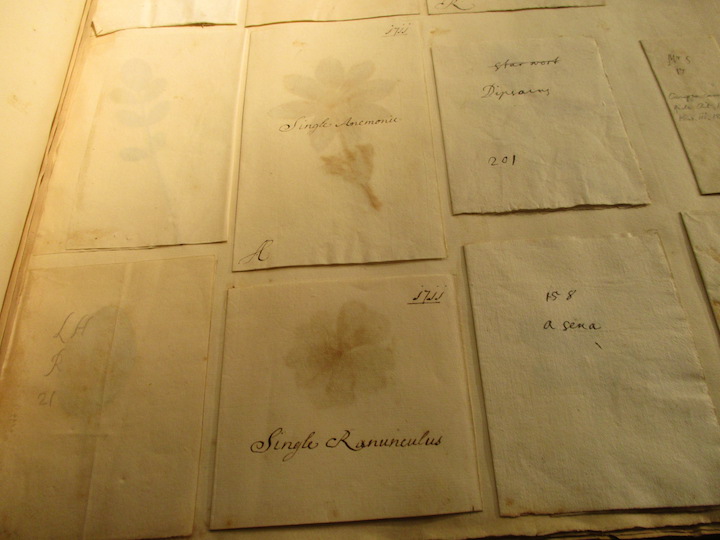This series of posts is on plants and plant technologies that were popular in Victorian Britain and its spheres of influence, which means just about everywhere. What started me on this topic was coming upon several books that fitted the theme including Kate Teltscher’s (2020) Palace of Palms: Tropical Dreams and the Making of Kew. It deals with the transformation of the Royal Botanic Gardens, Kew from a failing establishment to the hub of a horticulture empire in the mid-19th century. She begins with the botanical politics involved in rescuing Kew in the 1830s. At that point it was composed of 11 acres that abutted the much larger Royal Pleasure Grounds. It was directed by William Aiton who had been there for years and who wouldn’t share plants with other botanical gardens and even refused to label plants after several prized specimens had been stolen.
It seemed to many that Kew was not worth saving, but there was push back and a commission was formed to investigate the situation. It was comprised of John Lindley from the Royal Horticultural Society, Joseph Paxton gardener for the Duke of Devonshire, and John Wilson, gardener for the Earl of Surrey. While the first two were well-known and respected in botanical and horticultural circles, Wilson was a political appointee. With much behind-the-scenes maneuvering, the commission recommended that the garden be saved and converted from royal to governmental control. The next step was finding someone to direct it, with Aiton staying on as director of the pleasure grounds. Lindley wanted the job, but it ultimately went to William Jackson Hooker, professor of botany at the University of Glasgow. He brought with him a library and a herbarium of over a million specimens, the largest in Britain at the time.
Teltscher does a great job of describing how Hooker set about improving Kew’s reputation in the botanical and horticultural communities. He sent John Smith, the curator of living collections, on a tour of gardens throughout the United Kingdom to learn about novel practices, pick up design ideas, and let it be known that Kew was interested in sharing its duplicate stock with gardens that could reciprocate. Smith returned with a feeling of accomplishment and a greater willingness to work with Hooker, who had gotten the job Smith thought he should have. Relatively early in this new regime, plans began for a new palm house, since Kew’s palms were pushing through the roof of their greenhouse. A new glass and iron conservatory was modeled on the one that Paxton had designed for the Duke of Devonshire’s estate at Chatsworth. I had known of Paxton’s involvement, but I knew nothing of the role played by Richard Turner, an engineer with a foundry in Dublin. He devised a new type of iron framework for the glass panes and also designed a heating and ventilation system. Just as in describing Kew’s rescue, Teltscher is good at laying out the intricacies involved in building this massive structure that covered over half an acre.
When the Palm House was completed in 1848, it fell to Smith to fill the vast space. Massive palms had to be moved from their old venue and from several other greenhouses. Still, this left the side aisles bare in the early days, as fast-growing species were nurtured in the emptied structures. However, the public was thrilled with what they saw, and visitors to Kew increased as did its reputation in horticultural circles. The garden now had a focal point, a symbol of its botanical wealth and reputation. Meanwhile, Hooker was building the garden in other ways. Aiton had retired in 1845 and Hooker was given control over the pleasure grounds, which meant that Kew had grown from 11 acres to over 200. Plant exchanges continued to enrich the garden’s variety of plants, as Kew was encouraging donations not only from other botanic gardens but from those who traveled widely. Hooker also maintained correspondence with botanists and plant collectors who sent him specimens from around the world. Vast collections came from botanists working in gardens in India, Australia, and other British colonies. Kew became a hub for the global transfer of plants including, of course, palms.
Palms were sources of fruits like dates and coconuts, as well as oil, building materials, and fiber for ropes, baskets, and even cloth. Though Aiton had stored economic botany materials that Joseph Banks had sent to Kew as evidence of the financial potential of exotic species, the materials had never been organized or catalogued until John Smith employed his son to do the job. Eventually Alexander Smith became curator of the collection and in charge of the Museum of Vegetable Products opened in 1847. This was soon renamed the Museum of Economic Botany and eventually grew to spread over four buildings in its heyday (Nesbitt & Cornish, 2016).
Despite all this garden administration, Hooker still found time to continue his studies on ferns and produce a multi-volume work. In addition, he nurtured the botanical career of his son, Joseph Dalton Hooker. The Hooker family was not wealthy, so Joseph had to earn a living. His father engineered his appointment to an expedition to India, and later Joseph became assistant director at Kew. At his father’s death, Joseph was named director, and after some negotiations, William Hooker’s herbarium and library were sold to Kew, thus providing Joseph with a modest inheritance and Kew with solid scientific resources. This is essentially where Teltscher’s story ends, though Kew continued to move from strength to strength, always with the Palm House as its symbol.
Reference
Teltscher, K. (2020). The Palace of Palms: Tropical Dreams and the Making of Kew. London: Picador.












